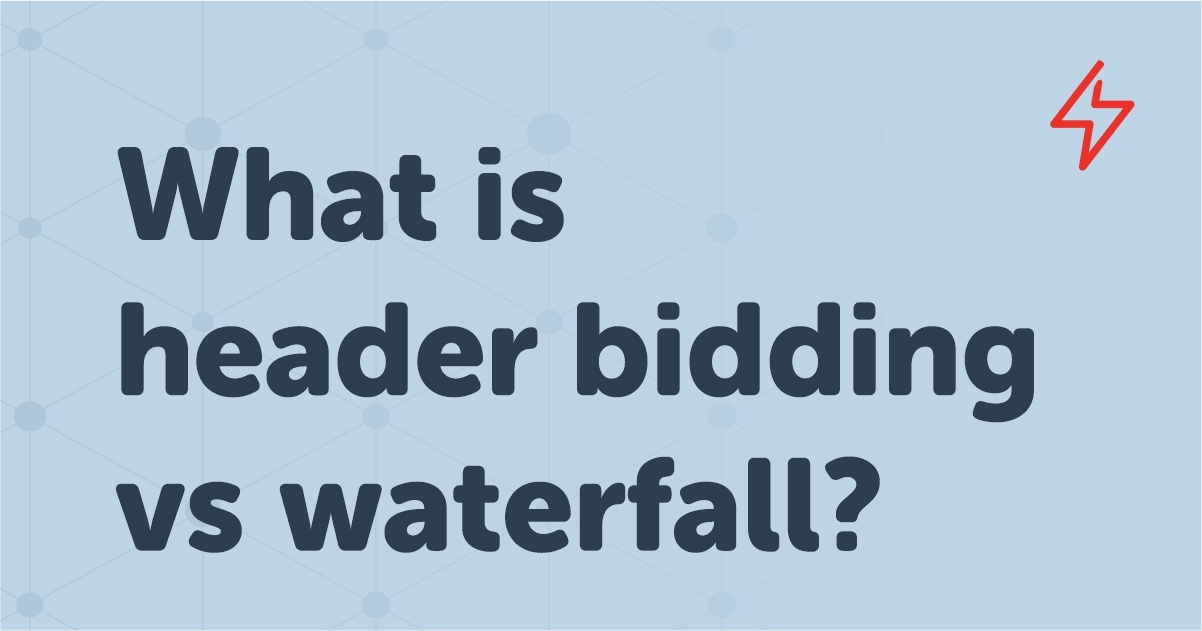Table of Contents
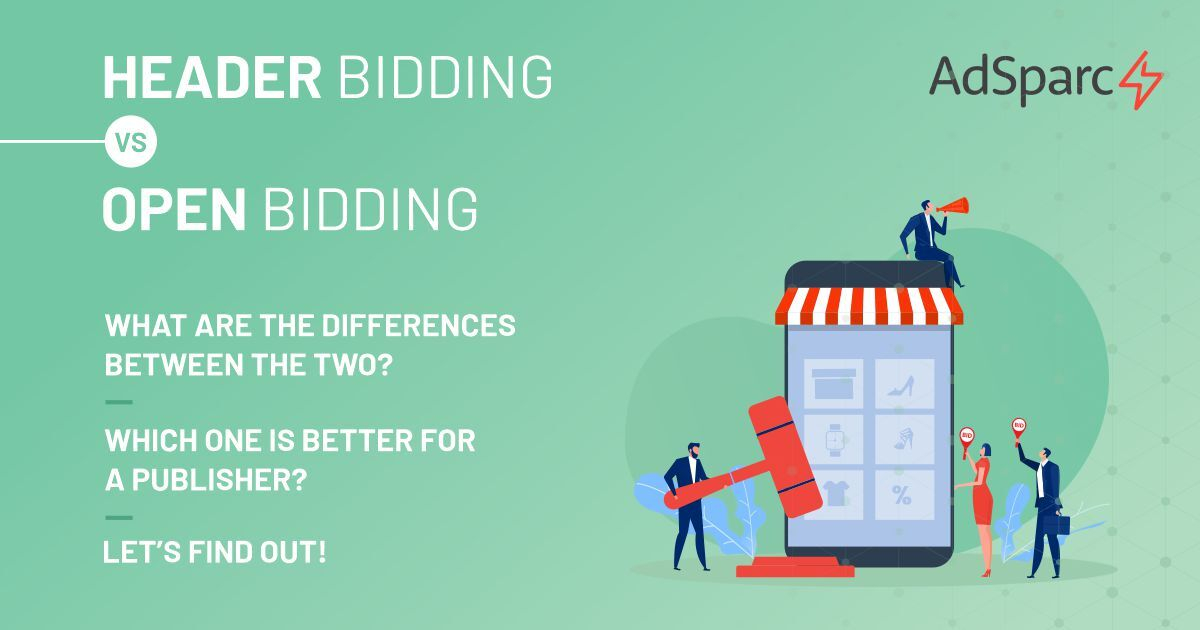
What is header bidding? What is EBDA? Header bidding definition? We see a lot of publishers asking these questions constantly. The ever-changing widespread programmatic ecosystem doesn’t allow any publishers to wake up from the wrong side of the bed nowadays! Sadly, if you are not updated with the programmatic “pop culture”, you will be losing a good chunk of money out there. Don’t shed a sweat of agony anymore; instead, keep on reading this blog to get answers to all the popping questions in one go. We are here with the decoding handbook and answering the most searched question today, Header bidding vs Open Bidding: Which one is better for your website?
Questions that we will be answering and decoding today are listed below:
|
What came before Header Bidding?

We all know, before header bidding came into existence, ad space was auctioned and distributed only once the ad placements started to load on a webpage. The entire process of bidding was known as the waterfall or daisy-chain system. Wait, what is the waterfall model now? In simple terms, water-falling or waterfall model is a technique where publishers try to maximise revenue by passing on unwanted, available ad inventory to other buyers in a row. If the first buyer doesn’t show any interest, it automatically moves to another buyer, and the ‘passing ad inventory’ continues in a “waterfall” of potential buyers. The waterfall model’s main issue was the inability to accurately price the impression it sold that didn’t reflect its actual value. This conundrum created an opportunity for the header bidding to be the publisher’s champion.
What is Header Bidding?
Firstly, let’s start with the basics! Gain a better understanding of the Header bidding definition. Did you know that header bidding was initially termed as “Tagless”? Header bidding is also sometimes referred to as advance bidding or pre-bidding. It offers publishers a way to provide ad space to multiple SSPs or Ad Exchanges simultaneously. Header bidding is an advanced programmatic technique that serves as an alternative to the waterfall method. Publishers concurrently offer numerous inventories to multiple ad exchanges, even before making calls to their ad servers. In other words, header bidding is explained as the idea that lets numerous demand sources bid on the same inventory simultaneously, increasing yield and more revenues for publishers.
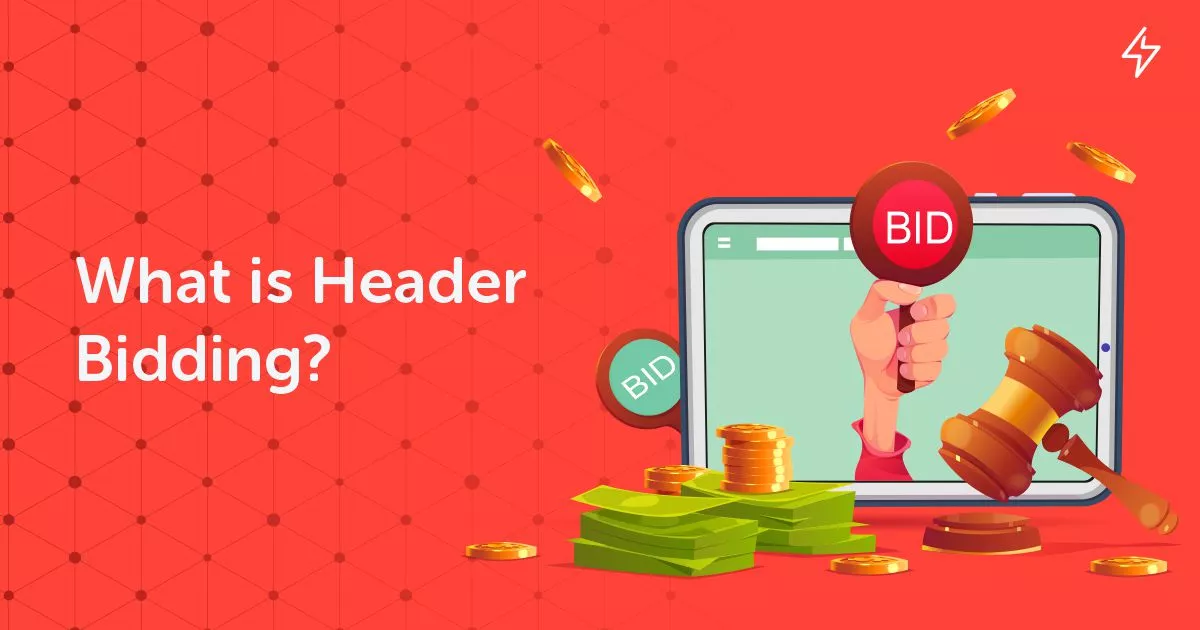
There are two kinds of implementation methods within header bidding that a publisher can select/ prefer— client-side and server-side.
- Client-side or browser-side header bidding comprises adding a piece of JavaScript to a publisher’s website in between the tags. Bids start coming in from their demand partners, with the highest bidder winning the auction and serving their ad.
- On the server-side, requests are sent from a central server rather than directly from the user’s browser. It offers publishers all the advantages of header bidding, but at the same time, saves them from multiple problems that come with it, such as latency.
What is Server-Side Header Bidding?
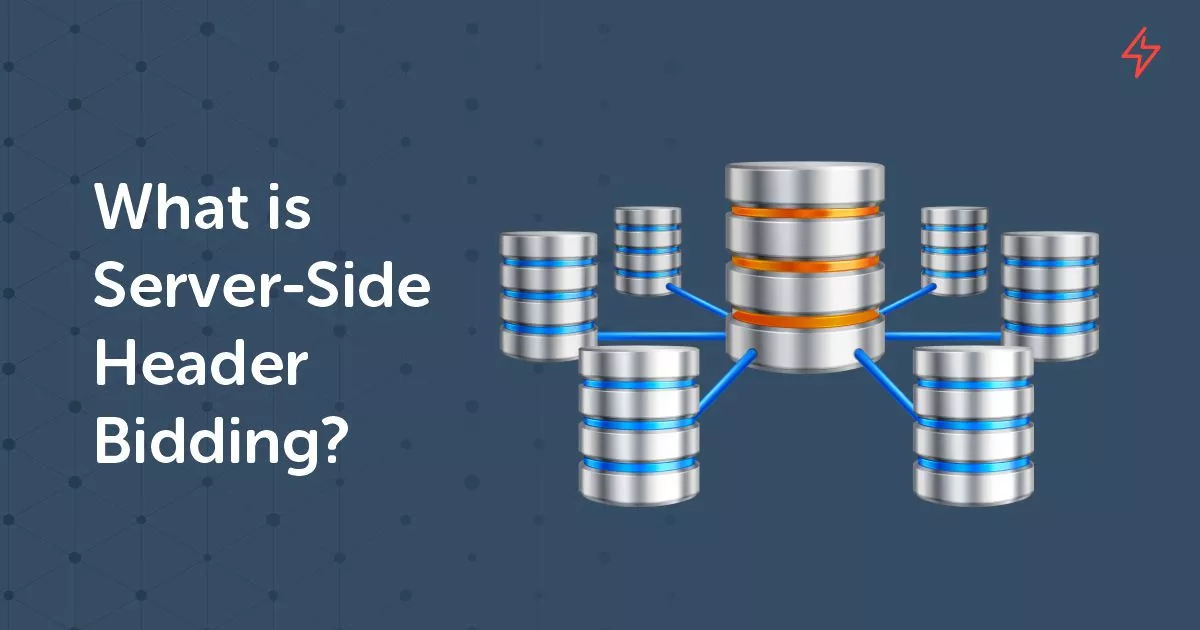
As the header bidding is explained, now, let’s talk about the server-side header bidding. Header bidding always helps publishers increase their eCPM, and nowadays, publishers are adopting server-to-server or server-side header bidding or S2S header bidding over client-side header bidding. Why? The more the demand partners added to the auction in client-side header bidding, the slower the page load. Hence, server-side header bidding was introduced to deal with the pitfalls like latency, improving the user experience and more. It is a programmatic technique where the auction takes place on the server instead of the user’s browser. Server-side header bidding enables your site to work simultaneously with multiple demand partners without compromising page speed.
What is Open Bidding or Google Exchange Bidding Dynamic Allocation (EBDA)?
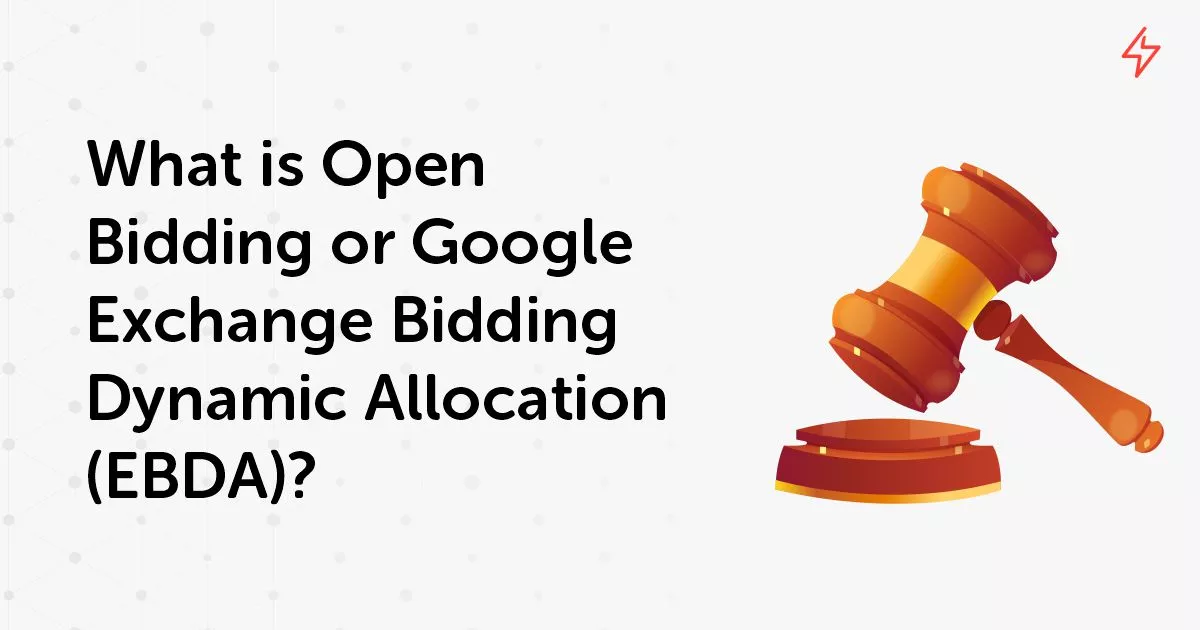
Now, let’s jump into a more detailed pool of information here. What is ebda? Open bidding is also commonly referred to as Exchange Bidding or Google Exchange Bidding Dynamic Allocation (EBDA). It is the server-side alternative to header bidding introduced by Google. Since 2018, Google EBDA or open bidding has been available to publishers. A server-side unified auction enables exchanges and SSPs to contend with Google’s Ad Exchange (AdX) for impressions. The unified auction occurs within the ad server and not on the user side.
Why did the dawn of Header Bidding lead to the creation of EBDA?
Do you know what came with the introduction of header bidding technology? A plethora of opportunities for ad exchanges, publishers, and advertisers. Header bidding permitted multiple ad exchanges to instantaneously participate in a specific or single auction, amplified market competition amongst platforms, and improved publisher revenue. The significant popularity of header bidding among the media owners and tech-savvy publishers led to Google’s creation of an alternative to header bidding, i.e., exchange bidding dynamic allocation (EBDA). Open Bidding or EBDA allows the publisher to invite third-party demand partners to compete for the inventory in a single auction with real-time, server-to-server bidding. It also provides simplified trafficking, reporting, and billing to the publishers.
Advantages of Header bidding and Open Bidding:
There are many elements and folds of programmatic; whether to utilise header bidding or open bidding depends on multiple factors. It always comes down to the publisher’s inclination and technological competencies. Let us help you to make an informed decision based on the advantageous pointers of header bidding and open bidding, respectively:
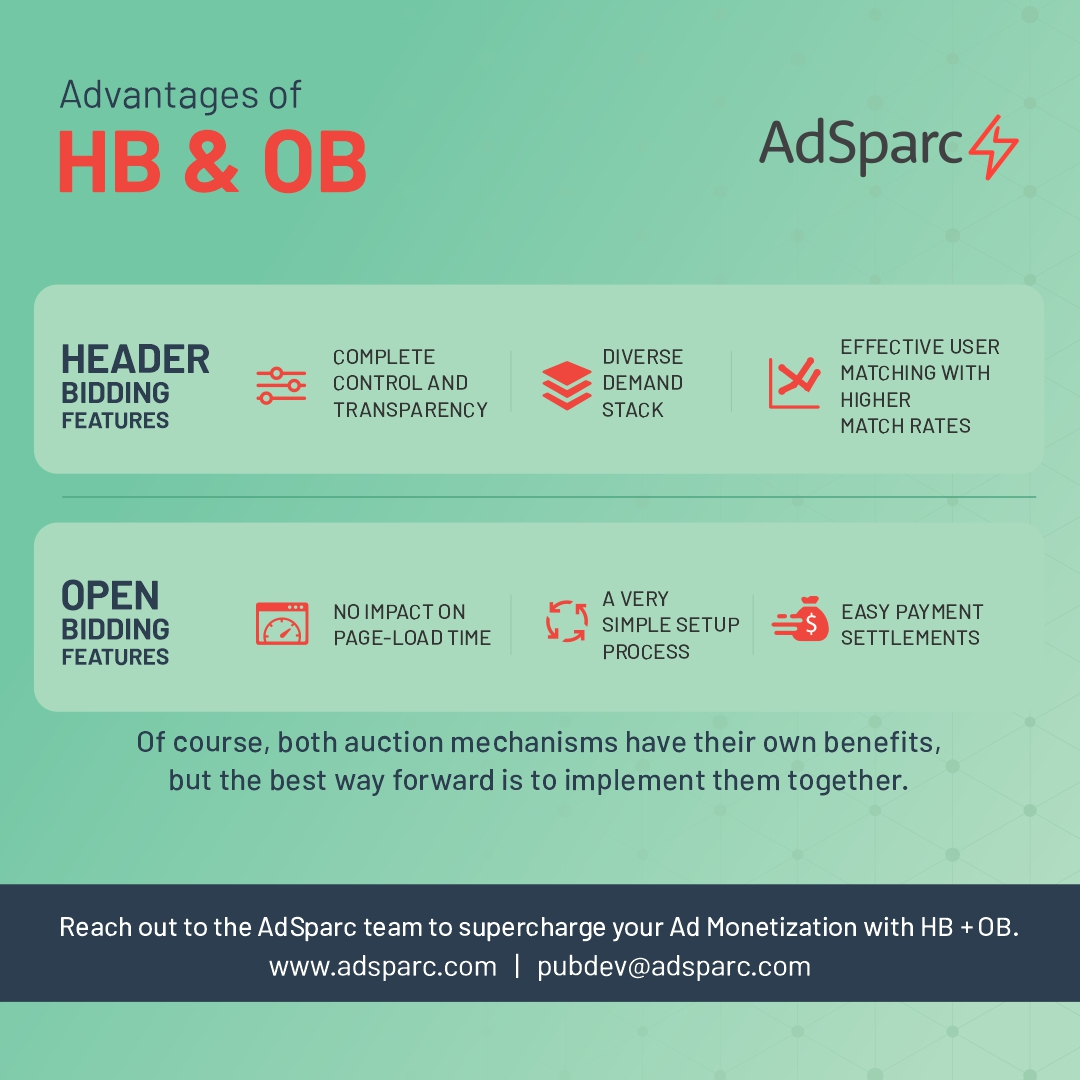
Advantages of Header Bidding:
- Transparency on Bidding
Header bidding stipulates amplified transparency on the actual worth of impressions, as publishers can sell their inventory based on those per-impression amounts. It allows more control and bid transparency for further reporting and optimisation.
- Improved yield management
As header bidding permits multiple bidders to bid simultaneously on the same inventory, publishers upturn their yield and revenue. It also allows publishers to sell their inventory to the top bidder and offers overall visibility and control on each impression.
- Easy access to Availability & Valuable Insights
To get started with header bidding, publishers only place a JavaScript code to their website header. Once updated, they can begin calling demand partners instantly. Publishers can gain valuable insights, i.e., header bidding allows publishers to know the actual price of the available ad placement. One of the most significant advantages of header bidding or pre-bid being open source is that it is available to everyone, whereas Google EBDA is not.
Advantages of Open Bidding or EBDA
- No additional scripts are required
Open Bidding or EBDA runs on the DFP servers, which means no additional JavaScript is required for each user. It speeds up page loading and reduces data consumption, appropriate for all users, predominantly those connecting via mobile devices.
- Say ‘NO’ to Bid discrepancy
With header bidding, there is a momentous frustration amongst the publisher, i.e., the bid sent doesn’t always match the payment received for that bid. Shortfalls like this represent lost revenue for the publisher. While Google is handling the billing strata within Open Bidding, the winning exchange is billed accurately, and the discrepancy issue goes away.
- Tapered Latency
Open Bidding or EBDA entails each partner to return a bid; however, it occurs server to server within Google’s infrastructure, which means it appears more quickly. Faster responses indicate getting ads served and pages loaded more swiftly, which leads to reduced latency.
What are the critical differences between Header bidding & Open Bidding?
Both these platforms have one mutual goal: making them available to multiple demand partners uniformly and based on real-time bidding. However, the core difference between them is their execution process.
How does Header Bidding work?
As mentioned earlier, header bidding begins as soon as the page loads within the user’s browser. The code in the page header accomplishes and calls all demand partners simultaneously to bid on the impression before calling the ad servers. It all happens within a specific time frame chosen by the publisher, frequently within a second.
In the meantime, multiple demand partners are holding their auctions to regulate the top bid they send. The bids are passed via the header; the header selects the highest bid and only allows the highest bid to the ad server, where the bid will compete with the publisher’s other demands, like Google AdX and direct demand. For instance, header bidding has a more complex setup than Open Bidding; however, it is better in transparency and higher match rate for cookies.
A quick snapshot of how Header Bidding works:
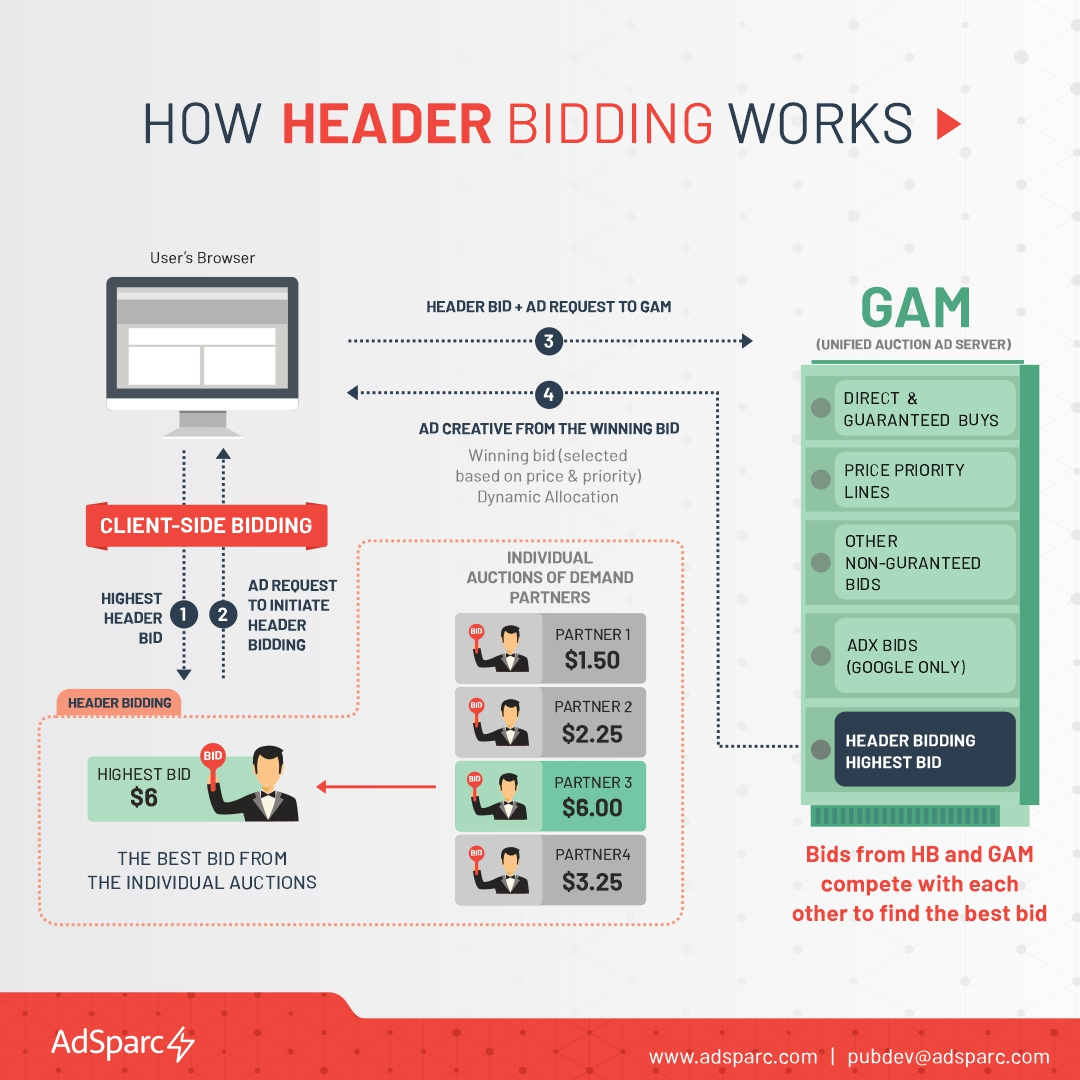
How does Open Bidding or EBDA work?
Each Open Bidding or Google EBDA interaction between a publisher and their demand partners is handled by Google Ad Manager (GAM), commonly known as a “server-to-server” integration. To be honest, Open Bidding is nothing but an exact counter move by Google to Header Bidding vendors. The critical difference between header bidding and open bidding is that the auction will happen inside GAM (ad server), not on the users’ browser side.
Here’s how the process looks like:
- An ad request is triggered, and data is handed to the Google Ad Manager (GAM)
- GAM runs a unified auction to determine the best yield
- GAM selects the top trafficked line item to contest in the combined auction
- GAM ends a bid request to targeted yield partners
- Targeted yield partners run their auction and return their highest bid to GAM
- GAM hosts a combined auction and selects a winner
- A creative or Mediation list is served to the user/publisher
Open bidding has a simplified setup and reduced page latency; however, it is less transparent than the header bidding process. Publishers can’t conclude a reason why a specific advertiser won a particular auction. They don’t have any control here since Google manages everything. EBDA is only available if you use Google’s premium ad serving platform GAM360 directly or via a monetisation partner.
A quick snapshot of how Open Bidding works:
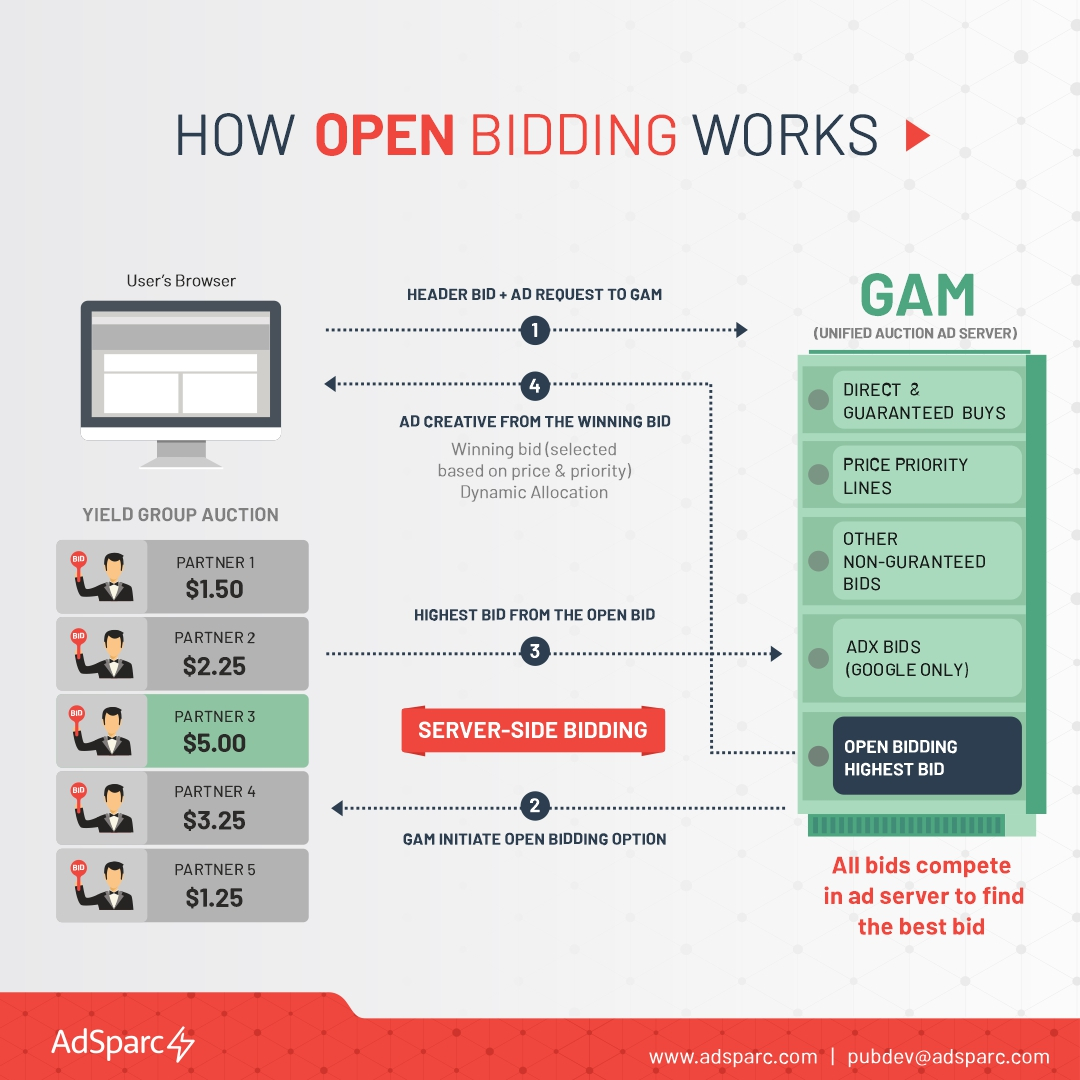
Which one is right for you?
After deciphering and chugging an immense amount of information here, various questions must be popping in your mind, “Which is better for me? Shall I use header bidding or open bidding?” What if we tell you that you can run both and leverage the advantages presented by both these processes without compromising.
We believe that a publisher should extract the advantageous side from both header bidding and open bidding. As a publisher with header bidding, you can have complete control and experience transparency, plus a diverse demand stack. You can gain benefits from effective user matching with a higher match rate.
On the other hand, Open or Exchange Bidding helps you to deal with page latency. As the auction shifted to the server-side, the number of ad requests and wait time can be reduced. Run Header Bidding and Open Bidding (EBDA) together as an experiment. Then observe and compare results. The outcomes may vary from one publisher to another. However, you would undoubtedly have enough data to say at the end of this experiment—which bidding process works better for you.
In fact, many publishers are already implementing it. You can drive better yield performance as long as you keep monitoring page latency and tallying additional demand. As you can see, both header bidding and open bidding have persuasive offerings with their unique set of pros and cons. Compared to the older waterfall method of ad serving, both epitomise a significant enhancement in auction efficiency and performance. Let us show you how Header Bidding and Open Bidding can work together:
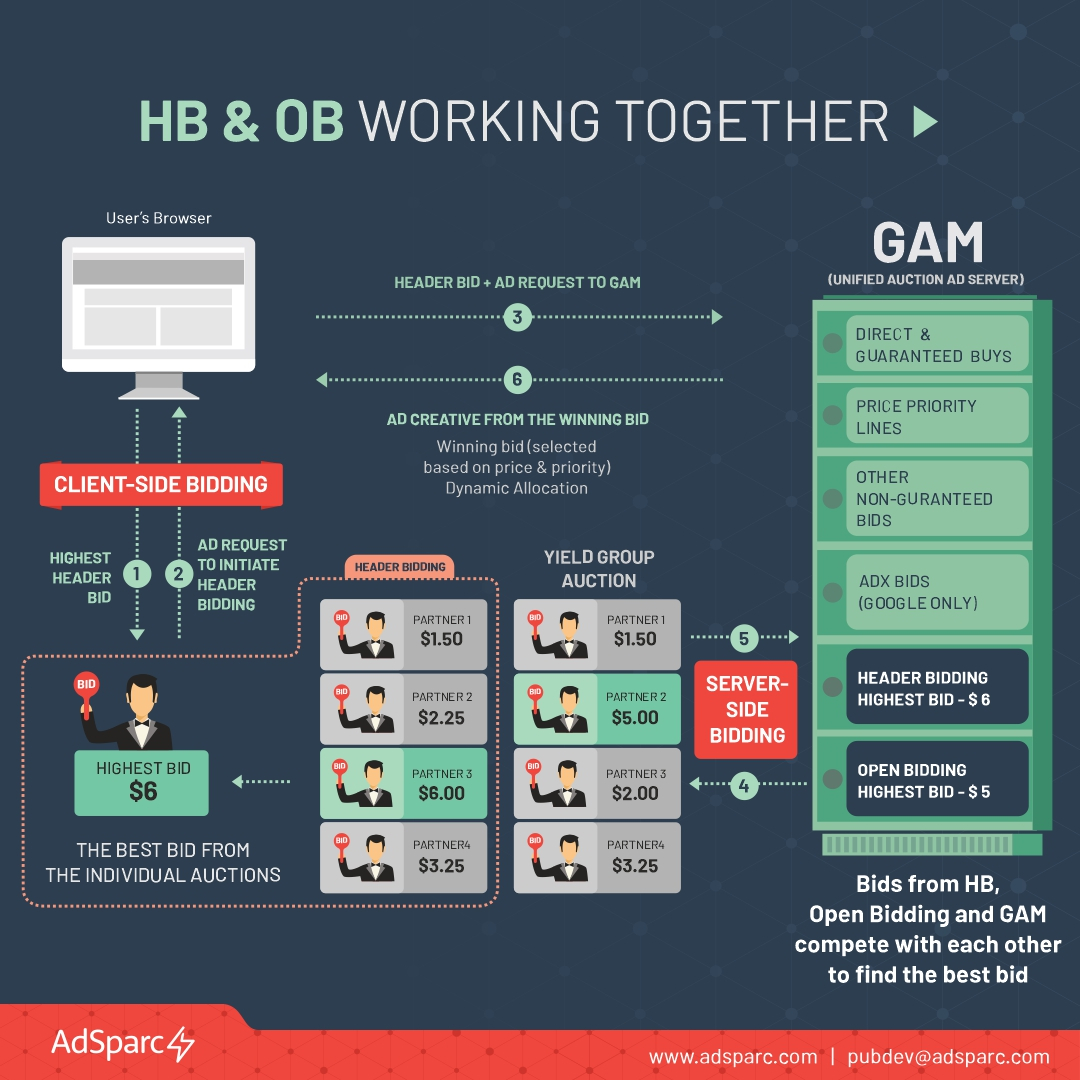
Still, two minded about the fact which one is better for you? Let us help you out.
What’s next?
The above written programmatic anecdote gives you an overall view of each bidding solution; however, there is a third achievable solution at your disposal that you might love to consider. Header Bidding and Open Bidding in one effortless set-up! AdSparc’s Header Bidding solution runs both auctions to amplify the bids for each impression without compromising on performance.
AdSparc provides a unified platform to have all demand sources bid simultaneously for your inventory. This increases competition for your inventory, increases eCPMs and fill rate, and pushes up overall earnings of the advertising placements. With AdSparc, you can experiment with both Header bidding and Open bidding combination. Run both and leverage the benefits like,
- Increase Revenue by 20-40%
The optimised bid competition will typically substantially increase the ROI of inventory
- Real-Time Enterprise Analytics
Know all you need to know when you need to know in real-time. Comprehensive reporting suite
- Easy Deployment
One simple line of code implemented to your site will do the trick. We will take care of the rest
So, with AdSparc, experience a win-win all around while bidding for the best and earning the best! Click here to explore more.
